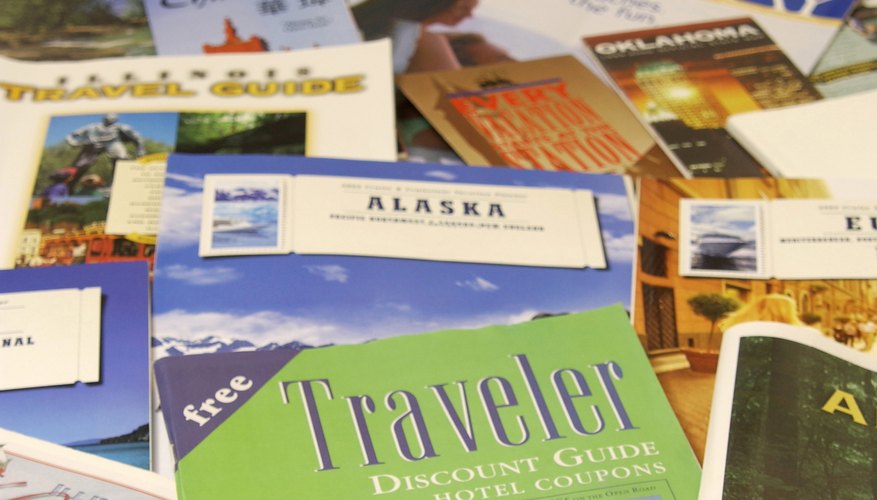A travel brochure is often the first piece of information travellers look to when making a decision on where to visit or stay on their next holiday. These glossy brochures work like an extended advertisement for a destination, travel agent, hotel or service offered, and are designed to whet the appetites of potential customers while providing plenty of ideas and advice at the same time.
Modern use
Travel brochures have long been used by companies in the travel industry to promote their products to potential customers, and this type of publication has been used since the tourist industry grew in Victorian England. Even in the 21st century when the Internet has made it simpler to gain instant access to travel information, the travel brochure remains popular as people wish to compare destinations and package holidays with their travel companions. Studies from the 1980s onwards have shown the use of brochures to find information on the travel industry has remained in the top five sources of information for travellers.
Images
Travel brochures, whether produced on a small or large scale, give a business the opportunity to present their product in the best possible light and provide a glossy image of a destination, hotel or service. For business owners the brochure can be advantageous, as it allows images and words to be used to attract people to the place being advertised. A business can target specific audiences for their brochure and tailor the images and text accordingly, instead of giving a broader overview. For the potential visitor, images can give a real sense of what a place looks and feels like before the trip.
- Travel brochures, whether produced on a small or large scale, give a business the opportunity to present their product in the best possible light and provide a glossy image of a destination, hotel or service.
- For business owners the brochure can be advantageous, as it allows images and words to be used to attract people to the place being advertised.
Information
Research from Colgate College explains a potential traveller relies on two separate forms of information when deciding on a destination or product, which are internal and external information. Internal information is based on the memory of the traveller and brings to the fore what the traveller already knows about a destination or product. External information is looked for after internal memory and is information including brochures that brings detail to the mind of the traveller. For potential holiday makers a brochure can provide details about exact hotels and destinations they are interested in traveling to, and providing detailed information within a brochure can attract a larger number of travellers to a destination or product. With more information to hand, travellers can make a more informed decision about where to stay next.
- Research from Colgate College explains a potential traveller relies on two separate forms of information when deciding on a destination or product, which are internal and external information.
- Internal information is based on the memory of the traveller and brings to the fore what the traveller already knows about a destination or product.
Details
The majority of space used in a brochure is usually given over to images and pricing information, with text limited to required information to help readers understand the images. With the inclusion of maps and a variety of interior and exterior images travellers can ensure they are embarking on a trip to a destination and hotel they wish to travel to. An advantage for both the brochure producer and the reader is the inclusion of adverts for associated products and services. Local events and attractions can be included in a brochure as advertisements in an attempt to give travellers ideas of what can be done in a region during they time they plan to visit.
- The majority of space used in a brochure is usually given over to images and pricing information, with text limited to required information to help readers understand the images.
- Local events and attractions can be included in a brochure as advertisements in an attempt to give travellers ideas of what can be done in a region during they time they plan to visit.
